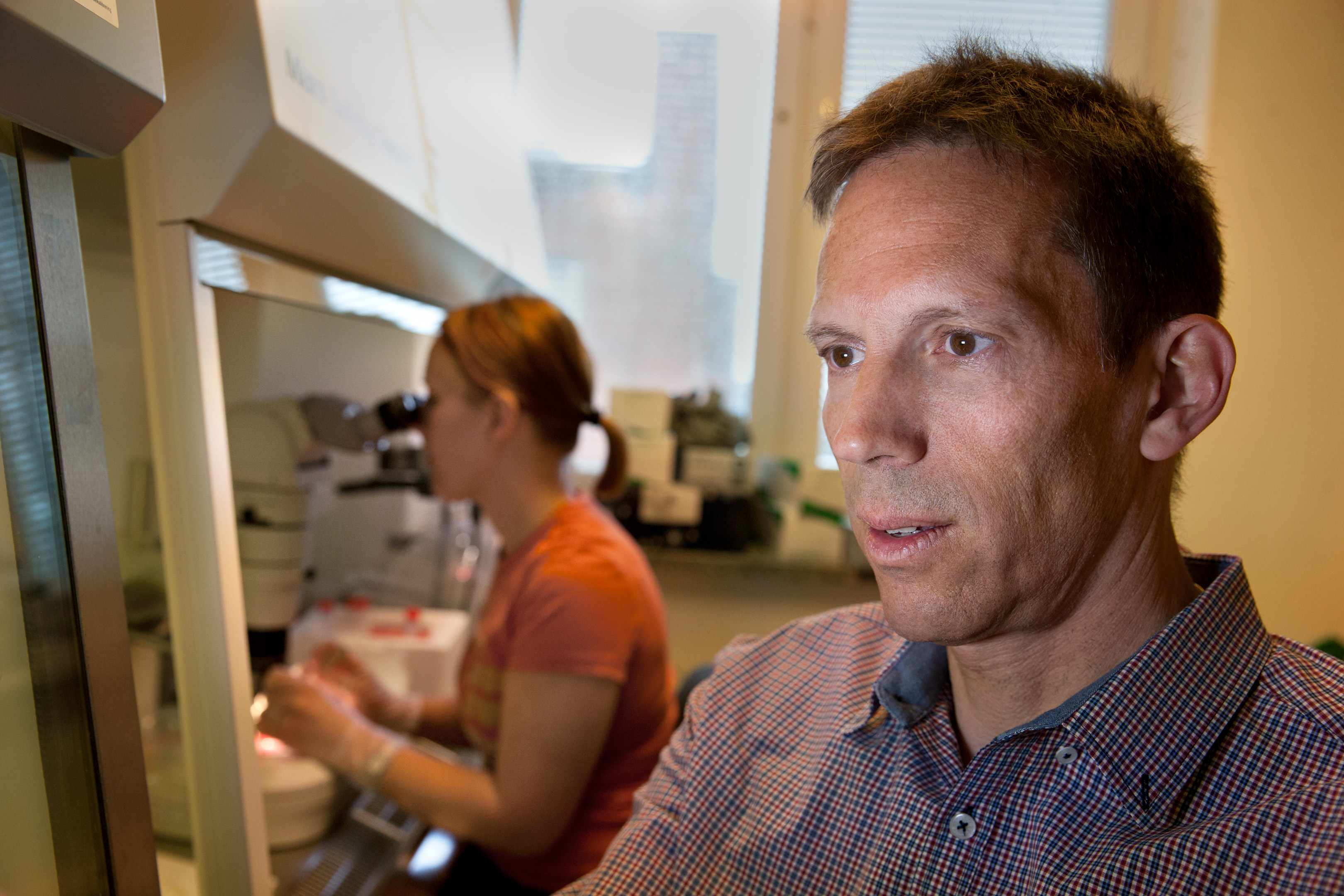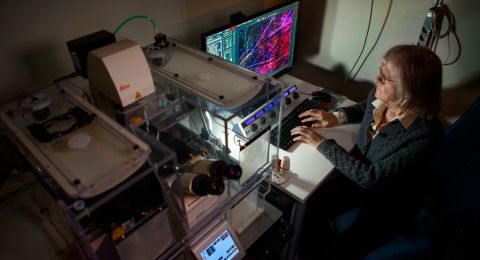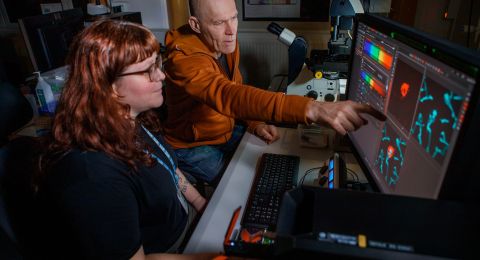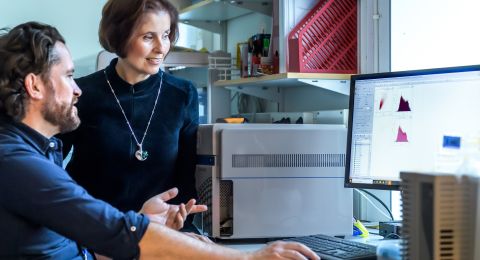
Project Grant 2013
Maintaining Neuronal Identity – Transcriptional control of the aging brain
Principal investigator:
Thomas Perlmann, Professor of Molecular Developmental Biology
Co-investigators:
Karima Chergui
Johan Holmberg
Nils-Göran Larsson
Rickard Sandberg
Per Svenningsson
Institution:
Karolinska Institutet
Grant in SEK:
SEK 40.4 million over five years
An important, but largely unexplored question is how the mature, specialized cells in the body's various tissues behave to retain their identity for life. Some cells are continuously newly formed throughout life, while e.g. heart cells and nerve cells should normally be able to preserve their characteristics as long as we humans live, for 100 years or more.
But now there is a realization that no cells are cut in stone. In diseases like cancer, the mature cells have difficulty retaining their identity. It has also turned out that researchers in a laboratory environment can actually reprogram mature cells and return them to the primitive stem cell stage, a discovery that was awarded with a Nobel Prize in Medicine in 2012.
Thomas Perlmann is a Professor of Molecular Developmental Biology at Karolinska Institutet and for many years has been interested in a certain kind of nerve cell, the cells in the brain that make the signal substance dopamine. It is when these cells gradually die that Parkinson's disease develops. But now it has become apparent that far before the cells die, they lose several of their functions.

“Several studies have shown that the dopamine cells lose several of their characteristic traits before they die and disappear. The results shed new light over the causes of Parkinson's disease.”
Among other things, the dopamine cells lose their ability to produce dopamine. Some of the enzymes that are important to produce and process the dopamine in the brain's synapses are turned down and disappear. This happens in parallel with a downward adjustment of some transcription factors. It is the proteins that control the copying of information from RNA to RNA, an activity that constantly occurs in living cells.
If the transcription no longer works, a dramatic situation arises, explains Thomas Perlmann.
“This means a direct connection to disease, and we can now see that the loss of the transcriptional network's function could be a factor in Parkinson's disease. It is not the solution to everything, but an important factor.”
The start button for dopamine cells
As early as 2006, Thomas Perlmann and Johan Ericson found two genes that control the development of dopamine-producing cells and function as the actual start button for the formation of dopamine cells. After this, dopamine cells were successfully produced from immature stem cells.
From these breakthroughs, the research has continued to an even more detailed level. In a new research project financed by the Knut and Alice Wallenberg Foundation, focus lies on mapping and understanding the processes that are central to the adult dopamine cells' stability. Among other efforts, diseases similar to Parkinson's disease are created in animal models to see how the transcription network is expressed.
“We want to understand the gene regulating mechanisms that are important for dopamine cells to function normally even in the aging brain, and we then look at dopamine cells from mice, healthy individuals and patients with Parkinson's disease.”

Normal aging appears to be the largest perpetrator for neurodegenerative diseases, like Parkinson's and Alzheimer's. But the researchers still know very little about the aging process at a cellular level. There are suspicions that a disturbed mitochondria function may contribute to the aging process. If an energy loss occurs through the mitochondria, which are the cells' power plants, it results in the cell degrading and becoming less functional. To try to map this, an expert on mitochondria, Professor Nils-Göran Larsson, is also included in the project.
Many different dopamine cells
The dopamine cells cannot be clumped together as just one cell type. On the contrary, it turns out that there are several sub-groups.
“In recent years, revolutionizing methods have been developed that now allow us to map the individual cells' characteristics and more effectively define various sub-groups of dopamine cells. We are also beginning to understand that certain sub-groups are more involved than others in Parkinson's disease.”
The research is basic science and somewhat far from clinical use. The main track understands how the dopamine cells are formed and retain their characteristics. By mapping how the transcriptional mechanisms control the process, a principle understanding is achieved of how diseases develop. It is possible to find what damages the “identity crisis” in the cells can cause, and if the cells' loss of their characteristics can be slowed or prevented.
“The strength of the support from the Wallenberg Foundation is that we can get resources to invest in basic research. The primary objective is not to develop a treatment strategy for Parkinson's disease, but we believe that our research on the longer term will benefit the patients,” concludes Thomas Perlmann.
Text Nils Johan Tjärnlund
Translation Semantix
Photo Magnus Bergström



